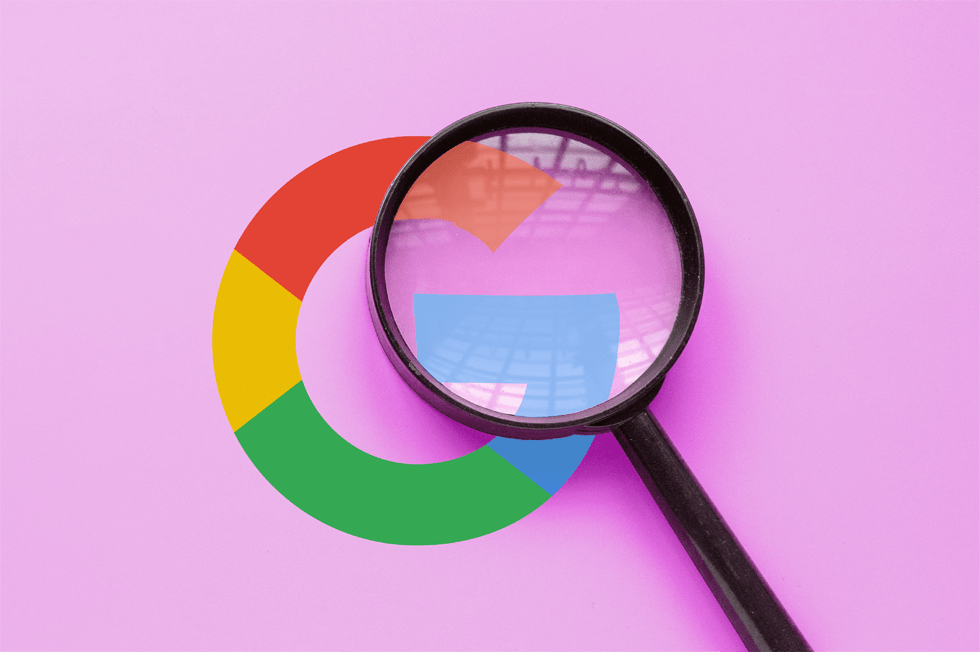Inside Google marketing: How we use contextual signals to break through with mobile users
Google knows what you did last summer. And everything else. From Think With Google:
“Context is more important to people today than it has ever been. And people expect marketers to deliver highly relevant messages.”
Level Insight:
- Location, location, location. It’s more than just telling you about businesses near your physical whereabouts. Google is now inferring what you need based on where you are. Like an airport. Odds are, you’re traveling. Google found that layering this location data into keyword-based programmatic increased users in the Google app by 85% in its first example. That’s because Google took two pieces of information and drew a rational conclusion.
- In another example, Google carefully selected which data points to use based on those that are most relevant in to the advertised product. What needs can the product address to this specific subset of people with this particular interest? They worked backwards, letting the data dictate the message. Segmenting users by interest, Google tailored a message that appealed directly to people that they knew shared a common characteristic.
- Using a singular data point, Google managed to extrapolate other behaviors of its customers in the third example. From a child liking a popular cartoon, they assumed that the optimal time of day to reach parents with messages a streaming app is during dinner prep. Seem like a stretch? While this is an innocuous assumption, it is dangerous to ROI and brand equity to replicate this type of single-data-point extrapolation when advertising more niche products.
- Google’s use of data to target ads and craft messaging based on softer factors and single-factor assumptions is low risk when marketing the universal products that Google sells. However, we will require significantly more data points to build a full profile of a qualified buyer in ROI+ campaigns for the B2B and high-value B2C products and services that our clients provide.






